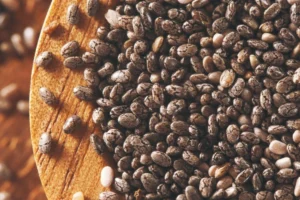
In a significant breakthrough, researchers at Linkoping University in Sweden have developed a pioneering tool aimed at predicting the risk of nerve damage resulting from breast cancer treatment.
This innovative approach could revolutionize how doctors tailor treatments to minimize side effects for individual patients.
Breast cancer treatments, particularly those involving taxanes like docetaxel and paclitaxel, often lead to peripheral neuropathy, a debilitating condition affecting the nervous system.
While these treatments have significantly improved survival rates, many patients experience long-term side effects that can severely impact their quality of life.
Kristina Engvall, a researcher at Linkoping University, emphasized the prevalence and impact of nerve damage post-treatment.
Highlighting the profound implications for patient well-being, stating, “Nerve damage, particularly persistent numbness, and tingling in the feet, is distressingly common among patients treated with taxanes.”
Published in the journal npj Precision Oncology, the study surveyed 337 breast cancer patients treated with taxanes, tracking various side effects over a span of two to six years.
Results indicated that over a quarter of patients reported cramps, numbness, tingling, and difficulty in motor functions such as opening jars or climbing stairs.
To develop their predictive model, the researchers analyzed genetic data from the patients and employed advanced machine-learning techniques.
This enabled them to identify genetic markers associated with a heightened risk of developing persistent neuropathic symptoms.
“The models we developed successfully categorized patients into two groups: those at high risk of enduring side effects and those with a likelihood similar to the general population,” Kristina noted, highlighting the tool’s potential to personalize treatment strategies.
Also Read: Study Finds Higher Rates Of Anxiety & Depression In Women Post Cardiac Arrest
To read more such news, download Bharat Express news apps


















